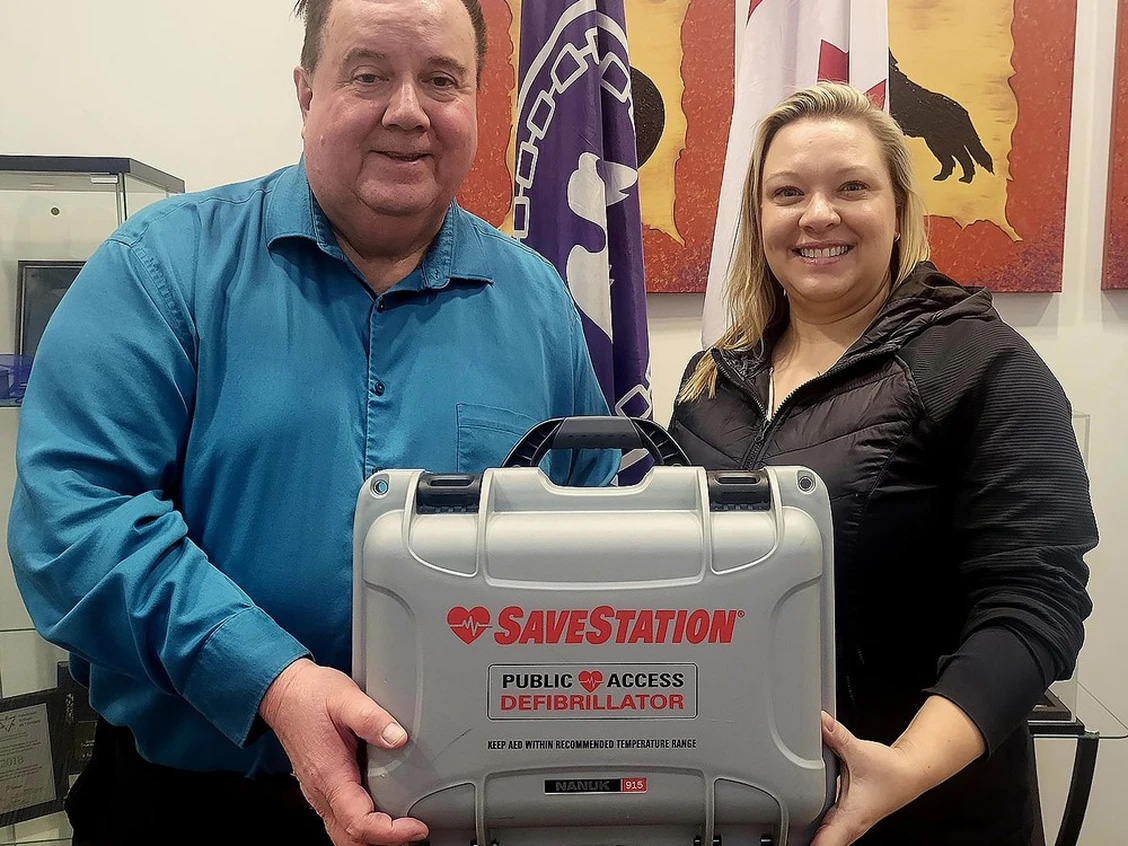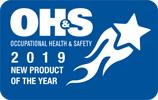
Source: intelligencer.ca
TYENDINAGA MOHAWK TERRITORY — “For every minute we wait for a defibrillator, the survival rate diminishes by seven to 10%.”
The words were a sobering message delivered by Corin Vail partway through a conversation about life-saving measures Tyendinaga Mohawk Territory is taking in a bid to become Canada’s first Heart Safe Community.
Vail, a former paramedic and the managing director for PUSH for Life – Training Services, was discussing the Public Access Defibrillator Program, a partnership between PUSH for Life and Mohawks of the Bay of Quinte Community Health that aims to install state-of-the-art equipment at sites around the Territory.
“The Public Access Defibrillator Program is something that Community Health is initiating in an effort to place more defibrillators and gain more awareness around their use,” Vail said during an interview inside MBQ Chief R. Donald Maracle’s office.
Enter SaveStation, the latest life-saving technology that places weather-resistant cabinets housing automatic external defibrillators around communities, strategically placed to give a community quick access to equipment that can save a life in the event of a cardiac event.
“We proposed to Tyendinaga that it had a number of defibrillators, but maybe we weren’t getting the best use out of them, that maybe we could increase community awareness and access to those defibrillators with a product called SaveStation,” Vail said. SaveStations are able to be placed outside in high-traffic areas like community parks, local businesses or anywhere where crowds may converge. Because of their design, they can withstand cold Canadian winters, or hot, humid summers. “Defibrillators increase survival rates by more than 50% when we can gain access to them quickly,” Vail said. “If we get a defibrillator on somebody who needs CPR within the first four minutes, we could see survival rates as high as 74% to 90%.”
The addition of SaveStations through the Territory would make the community Canada’s first fully Heart Safe Community. But first comes the planning, and then training, Vail said.
”If people don’t know how to use a defibrillator or they don’t know how to do CPR, those are massive barriers to out-of-hospital cardiac survival rates,” she said, adding that the plan would see TMT place a defibrillator within four minutes of where somebody would need it throughout the community. “The map is beginning to plot out how can we get one in strategic locations where people reside either in their homes or where businesses are close by, where we could have some of them accessible indoors and outdoors, especially on community grounds and strategic locations, some of our businesses are quite close to residential areas. So what an opportunity and what a great thing that we’ve had really good response on the part of people and the people who sort of organize how we structure these programs, everybody has been really receptive and really excited to get on board.”
SaveStation runs on hydro, allowing the stations to be heated in the winter to prevent the water-based pads on the defibrillators from freezing. “The cabinet is heated and vented so it can weather both the winter time and the summer time,” Vail said.
The MBQ is using reserve Covid funding from Indigenous Services Canada to jointly fund the program.
“Often it will be a collaboration between the community and whoever owns the property,” Vail said. “So if this was a municipality, the municipality might say we’ll pay for the installation if you’ll pay for and look after the unit. It’s always a collaborative conversation.”
As far as upkeep and servicing on the stations is concerned, Vail described them as low maintenance.
“They’re incredibly low maintenance,” she said. “We ideally would like somebody to walk by the unit and check on it monthly. The defibrillators themselves have a little light or a check mark that flashes so if you walk by and you see that the light’s flashing, the machine is doing its own self check regularly and so that flashing light indicates that it’s ready for use. In addition to that of course, occasionally you’d want to tidy up the cabinet, if there were dust or debris and so we would have someone to maintain that. Once every five years, the unit needs new batteries and packs.”
Continue reading on intelligencer.ca
Related News Articles
Quinte News, April 7, 2023
Intelligencer.ca April 12, 2023


